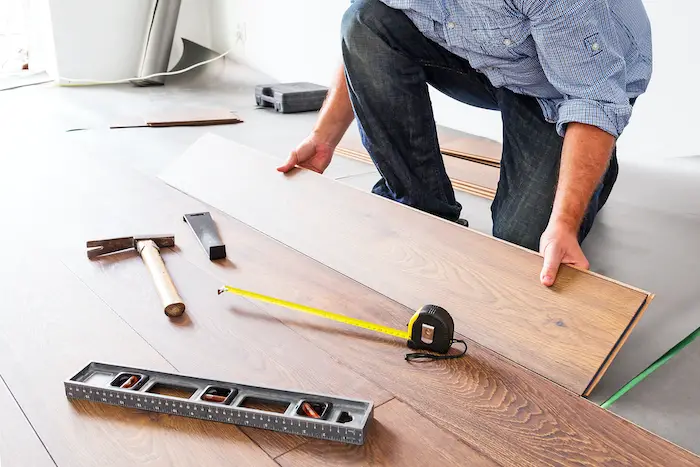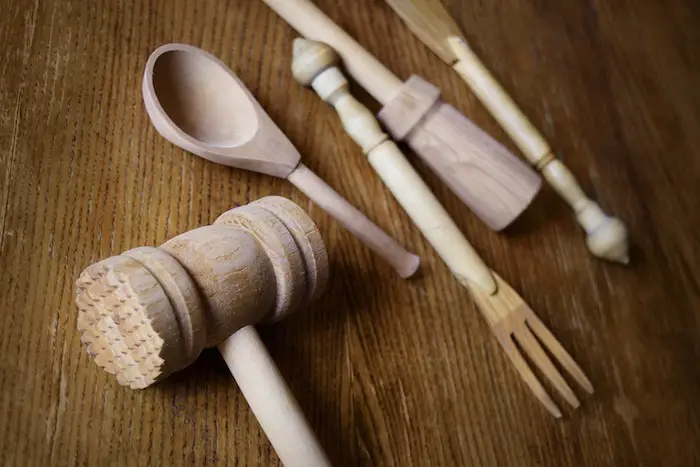Installing new flooring is an exciting and rewarding venture for any homeowner. Of course, we all love new things, and putting up a new floor would be no exception. However, it needs prior preparations. Most people may think it is as simple but without preparation, you will be overwhelmed along the process. However, with proper preparation, you will do a good and thorough job installing the floor regardless of whether it is being done by professionals or it is a DIY project.
How do you go about preparing for new flooring installation? When it comes to floor preparation, you need to do certain things prior including current floor assessment, freeing of space and cleaning. This is all in a bid to make the installation to run smoothly without any hiccups.
In this article, we will look at what you have to do when preparing to install your new floor. Keep reading for deeper insight.
What Kind of Preparation Do You Need?
Before the installation of any type of flooring, there are two types of preparation needed. The first one is room preparation, and the other one is floor preparation.
Let’s first start with room preparation before we do floor preparation.
1. Preparing the Room
Room preparation entails clearing the room off its contents so that you have ample space during the floor installation. Below is a simple guide on how to go about room preparation.
- Remove All Delicate and Breakable Items
The room may have so many breakable items. Talk of your flower vases, wall hangings, and even delicate stone sculptures. Ensure you remove all these items and keep them away in a safe place. Do not wait until your installers come, and as they move around with their equipment, accidentally knock down your favorite picture frame off the wall.
Ensure to empty your curio cabinets, bookcases, or anything that has to be moved during the installation. After the work is done, you will need all your items back, and it won’t be a pleasant feeling to have one of your glass cabinets broken.
- Disconnecting Electronics and Gas Appliances
If the flooring is extending to rooms with larger electronic and appliances, they need to be disconnected. We are talking of the laundry room, which contains washers and driers, the kitchen with such items as cookers, and fridges, the TV room with items such as music systems and the likes.
If you are not sure how to disconnect appliances safely, leave it to professionals. The last thing you want is a gas leak leading to a fire hazard all because you tried to disconnect the piping and did it the wrong way.
- Moving the Furniture and Other Appliances
During the floor installation, the floor should be free of anything movable. This means that all heavy furniture and appliances should be moved. You will maybe reserve one room or use the garage as the storage area. When talking of movable items, we are talking of all furniture such as coffee tables and sofa sets, appliances such as fridges and cookers, and anything else that is sitting on the floor being installed.
- Empty the Storage Areas
Still on room preparation, you are not going to leave any items in the closets or storage areas in rooms being installed. Just remove everything and leave the storage areas empty.
2. Preparing the Floor
Once you are done preparing the room and freeing up space, now it is time to prepare the floors. Preparing the floor entails preparation of the existing floor in readiness for the new installation so that the new floor looks perfect, bonded, and flat.
In most cases, the existing floor is removed before installing the new one. However, some can be done right on top of the existing floors. Nevertheless, you may want to consult the flooring manufacturer to follow their guidelines so that you do not end up doing zero work.
Proper floor preparation is needed to ensure the floor is clean, clear of existing adhesives, level, and moisture-tolerant depending on the kind of floor you are putting up.
Follow the tips below for proper and efficient floor preparation.
- Floor Assessment
Once you have decided the kind of floor to install, you need a professional to come over and assess your floors to determine whether your chosen flooring is actually a good fit for your space.
- Removal of the Existing Floor
Unless it is a new house, you will have existing flooring such as carpet or tiles. It is advisable to remove it so that you know whether the surface underneath is good. Otherwise, installing without removing the current flooring may bring about problems later when you realize that the area was damp or leaking.
Note that apart from the general preparation tips mentioned above, there is specific subfloor preparation depending on the type of flooring being installed. For instance, wood flooring requires the space to be dry, as it does not tolerate moisture. Otherwise, the boards will start warping.
Additional Preparation Tips
- If you have pets, and children, ensure you keep them safe during the installation period. The dust being produced may be harmful to inhale. Moreover, if you leave the pets playing around, they may get injured given the different tools at work.
- Find out if your new flooring will be raised, warranting the trimming of the doors. For example, if you are installing wooden flooring, the floor level will definitely be higher, and you have to alter the doors too.
- You may want to close doors to rooms that are not undergoing construction to shield them from dust. Seal them off completely using a tape so that dust will not leak in through the crack openings.
- It would be helpful if you had some area prepared for waste disposal and working for the contractors. The contractors will need some ample space to carry out tasks such as trimming. If you can get some outdoor space, that will be the best so that they make use of natural lighting.
- Ensure to clean and dry the floors properly.
See Also: 10 Tips For Mopping The Floor To Make It Clean Enough To Eat On
Related Questions
Can you place back the furniture right after installing hardwood flooring?
Once you are done installing the hardwood floor, you may be in a hurry to put back the furniture so that everything is back to normal. However, it is advisable to wait for at least a day or two. When it’s time to place the furniture back, you can use padding on metal or wooden furniture. Also, make sure you are lifting the furniture and placing it down gently without dragging.
See Also: How To Protect Hardwood Floors From Dogs?
How soon can you place back carpets and area rugs on a newly installed floor?
A newly done floor comes with so much excitement. You may want to lay down your carpet or area rug immediately; however, you should wait for at least four weeks for the floor to cure before you can put back the rugs and carpets.


